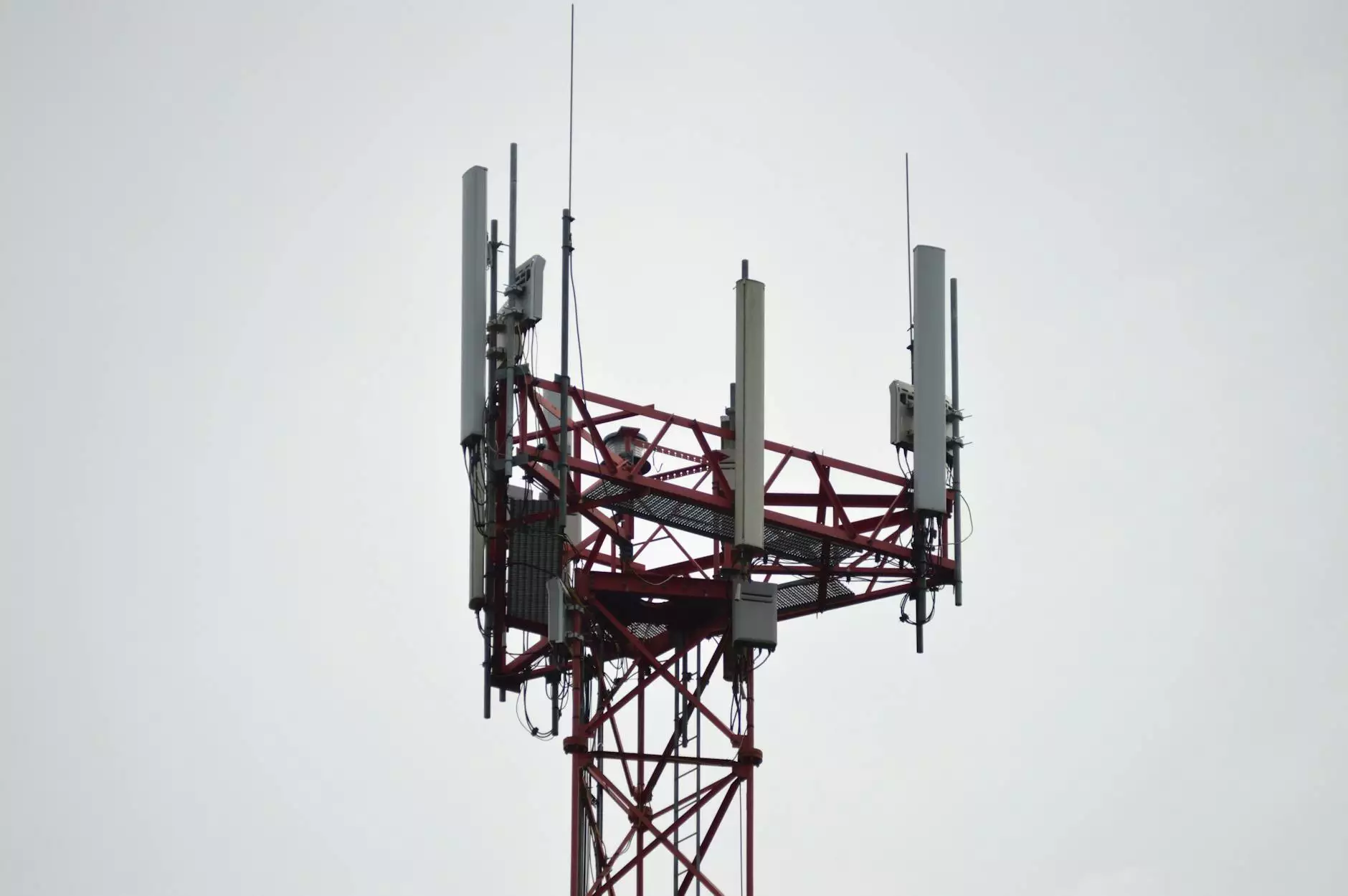What is WiFi and How Does It Work?

Introduction to WiFi Technology
WiFi, short for Wireless Fidelity, is a technology that allows electronic devices to connect wirelessly to the internet. It has revolutionized the way we access the online world, providing convenience and flexibility.
Understanding Wireless Networks
Wireless networks utilize radio waves to transmit data between devices and a router. A router acts as the central hub, managing the flow of information between devices and the internet. It creates a local area network (LAN) within your home or office, enabling multiple devices to connect simultaneously.
Types of Wireless Networks
There are different types of wireless networks, including:
- 802.11b/g/n: The most common WiFi standard in use today, providing sufficient speeds for most internet activities.
- 802.11ac: A newer standard that offers faster speeds and improved performance compared to its predecessors.
- 802.11ax (Wi-Fi 6): The latest standard designed to handle the increasing demands of modern devices, offering faster speeds and better efficiency.
How Does WiFi Work?
WiFi operates by using radio waves to communicate between devices and a router. Here's a simplified breakdown of how WiFi works:
1. Device Sends a Request
When you connect a device, such as a smartphone or laptop, to a WiFi network, it sends a request to the router to establish a connection.
2. Router Authenticates the Device
The router validates the device's identity by verifying the provided credentials, such as a password or security key. If the credentials match, the device is granted access to the network.
3. Data Transmission
Once connected, the device and router can exchange data. The router acts as a mediator, directing incoming and outgoing data between the device and the internet.
Signal Strength and Range
The strength and range of WiFi signals depend on various factors, including:
- Distance: The farther you are from the router, the weaker the signal becomes.
- Physical Obstacles: Walls, furniture, and other obstacles can reduce signal strength.
- Interference: Other electronic devices, such as microwaves or cordless phones, can interfere with WiFi signals.
Tips to Optimize WiFi Performance
To ensure a seamless internet experience, consider implementing the following tips:
1. Router Placement
Position your router in a central location, away from obstructions. Elevating it and avoiding corners can help maximize signal coverage.
2. Signal Range Extenders
If you have a large home or office, consider using signal range extenders to amplify the WiFi signal and extend its range.
3. Update Router Firmware
Regularly check for firmware updates for your router. These updates often include performance enhancements and security patches.
4. Secure Your Network
Protect your WiFi network by enabling strong encryption, such as WPA2, and creating a unique and secure password.
5. Limit Interference
Keep your router away from other electronic devices that may interfere with WiFi signals, such as cordless phones and microwave ovens.
Conclusion
WiFi technology has revolutionized the way we connect to the internet. Understanding how it works and implementing best practices can enhance your WiFi performance and ensure a reliable and fast internet connection. All American Technologies is committed to providing comprehensive information and solutions to help you optimize your WiFi experience.










